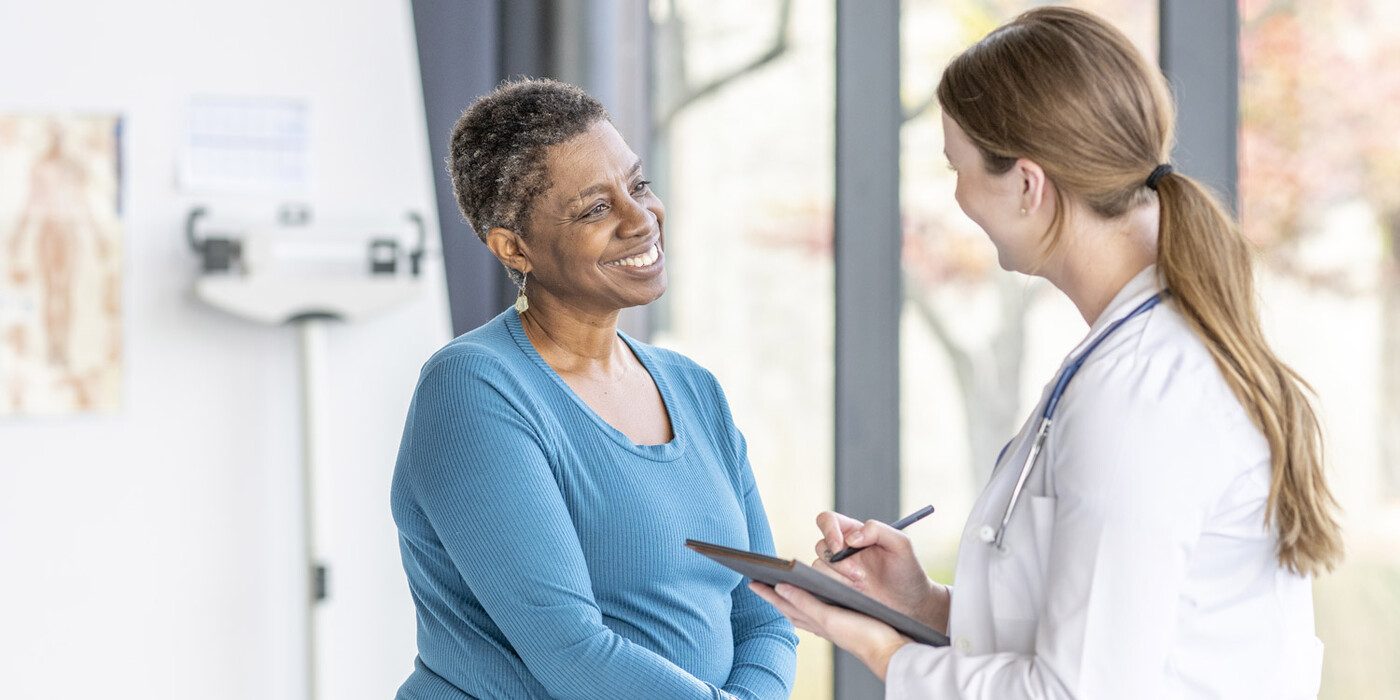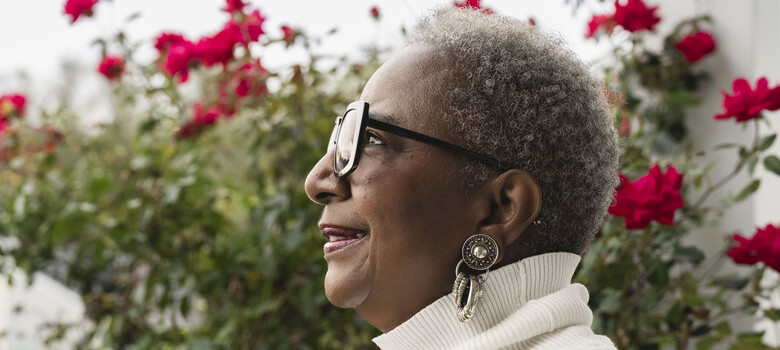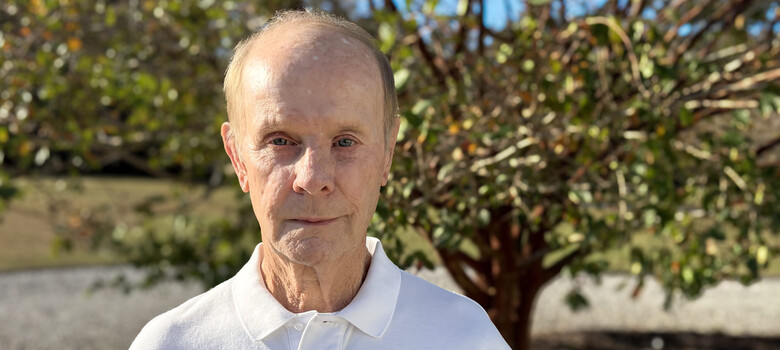¿Considerando la reconstrucción mamaria? Lo que necesita saber

reconstrucción mamaria puede impactar positivamente en la calidad de vida al hacerte sentir más confiado y mejorar tu autoestima.
Sin embargo, eso no significa que la reconstrucción mamaria sea adecuada para todas las personas. Lo más importante es que estés bien informado a la hora de tomar tu decisión. Aquí, Rebecca Knackstedt, MD, PhD, especialista en cirugía plástica y reconstructiva microvascular de Duke Health, revisa lo que necesita saber para ayudarle a decidir qué funciona para usted, su estilo de vida y sus objetivos.
Conozca a su especialista en cirugía plástica durante su viaje con el cáncer.
En algún momento después de su diagnóstico de cáncer de mama, debe reunirse con su especialista en cirugía plástica para asegurarse de recibir la mejor recomendación. Como miembros del equipo de mama, los cirujanos plásticos y reconstructivos de Duke Health pueden recomendar el mejor enfoque quirúrgico para que todo lo que necesite se realice de manera fluida y eficiente.
Tienes muchas decisiones que tomar: una de ellas es cuándo realizarte una reconstrucción.
El momento de su cirugía depende de muchos factores. A veces, la reconstrucción mamaria comienza en el momento de su mastectomía o lumpectomía. Los estudios publicados muestran que las personas a menudo se sienten mejor emocionalmente al despertarse con algo que se asemeja a un seno. Sin embargo, también hay ocasiones en las que la reconstrucción debe programarse para más adelante. O algunas mujeres eligen retrasar la reconstrucción durante meses o años porque desean enfocarse primero en superar su mastectomía y tratamiento de cáncer. A menudo, la decisión es suya que tomar.
Las opciones quirúrgicas deben incluir técnicas avanzadas.
Recibir reconstrucción mamaria en un centro integral de cáncer con cirujanos capacitados en microcirugía amplía tus opciones más allá de las limitadas que pueden ofrecerse en otros lugares.
En Duke, nuestros cirujanos realizan estas técnicas avanzadas y más:
- Reconstrucción directa a implante. El tejido mamario se reemplaza por un implante de silicona en el momento de su mastectomía.
- Reconstrucción mamaria con expansor de tejido. Durante la mastectomía, se coloca un expansor de tejido temporal para mantener la forma del seno. El expansor se llena con solución salina en el consultorio para incrementar su tamaño. Esto te da flexibilidad para tomar decisiones sobre cómo deseas proceder.
- Ricitos de oro. La piel, la grasa y el tejido sano que quedan después de la mastectomía se remodelan en un pequeño montículo mamario. Aunque generalmente no hay suficiente para crear un seno completo, este enfoque conserva cierta forma y definición, y puede ser aumentado más adelante.
- Cirugía con colgajo. Este enfoque complejo ofrece flexibilidad en el momento de la cirugía. Se necesita un microsurgeon experto que transfiera tejidos de otra parte del cuerpo, como el abdomen, para crear un montículo mamario que tenga un aspecto y tacto más natural que los implantes.
Es importante saber que la opción de reconstrucción adecuada para usted dependerá de:
- La etapa de su cáncer.
- Si su tratamiento incluye radiación y quimioterapia.
- La presencia de otras afecciones.
- Los objetivos individuales y los resultados deseados.
¿Qué sucede con tus pezones?
La cirugía con preservación del pezón puede ser parte de su mastectomía si sus médicos determinan que es seguro conservar el tejido que la compone. Si es necesario extirpar el pezón, el tatuaje 3-D de pezón y areola puede crear un pezón y un área circundante que parezca realista. La reconstrucción del pezón puede ser una opción. Es como un "origami de piel", dijo el Dr. Knackstedt. Realizamos una pequeña incisión, agrupamos un poco de piel para crear un pezón. Un tatuaje 3-D a menudo completa el procedimiento.
Es común sentirse abrumado por las opciones.
La Dra. Knackstedt trabaja en estrecha colaboración con sus pacientes, mostrando fotos, explicando los patrones de cicatrices y cómo podría verse la mama después de cirugía, incluyendo volumen y simetría. Se le anima a comprender sus opciones para asegurarse de estar bien informado al elegir la opción que es correcta para usted.
Entrenar tu cuerpo te ayudará a recuperarte más rápido.
La recuperación tras la reconstrucción mamaria depende de cuán saludable, en forma y emocionalmente preparado esté antes de la cirugía. La mejor manera de recuperarse más rápido es dedicar tiempo antes de la cirugía a preparar la mente y el cuerpo para lo que está a punto de atravesar, tal como se haría para una maratón.
Es típico perder la sensación en el pecho.
Algunas personas recuperan la sensación completa, pero es más típico experimentar poca o ninguna sensación después de la cirugía.
Los servicios de apoyo después de la cirugía ayudan a usted y a su familia.
Servicios de apoyo para el cáncer, que incluyen terapia y asesoramiento, para usted y toda su familia, son fundamentales para ayudar a todos a manejar las exigencias de su viaje con el cáncer, desde el diagnóstico y el tratamiento hasta la recuperación y la supervivencia. Duke tiene una amplia variedad de servicios de apoyo para elegir.



